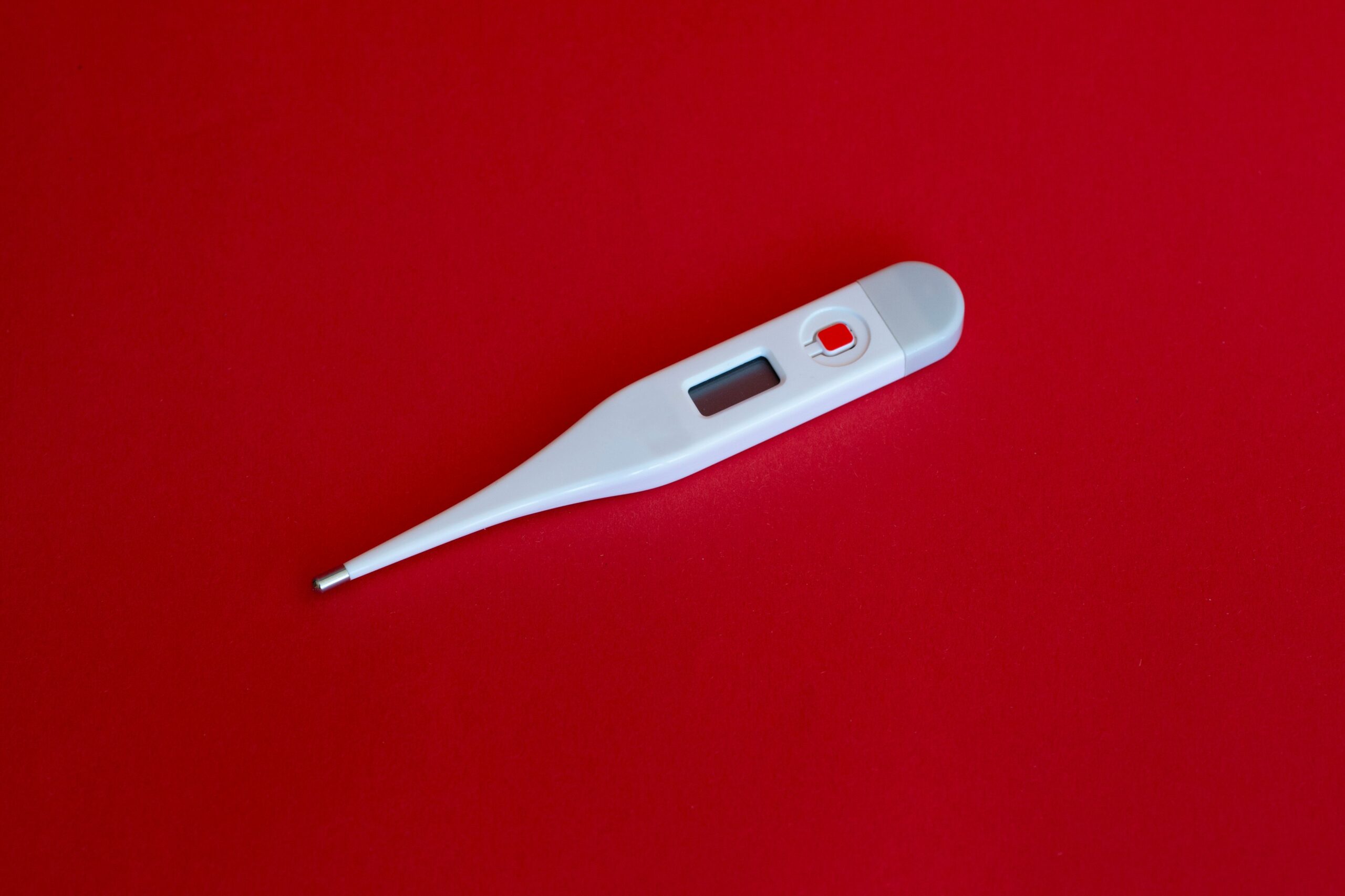Long-acting penicillin injections are an important part of the treatment for patients with rheumatic fever. Rheumatic fever is a serious inflammatory condition that can affect the heart, joints, skin, and brain. It is primarily caused by an untreated or inadequately treated streptococcal infection. Long-acting penicillin injections are used to prevent recurrent streptococcal infections and reduce the risk of further complications.
The duration of long-acting penicillin injections in rheumatic fever patients depends on various factors, including the severity of the initial episode, the presence of cardiac involvement, and the risk of recurrent infection. It is crucial to follow the recommendations of healthcare professionals and adhere to the prescribed treatment plan.
Initial Treatment Phase
During the initial treatment phase of rheumatic fever, long-acting penicillin injections are typically administered every three to four weeks. This phase aims to eliminate the remaining streptococcal bacteria from the body and prevent further complications. The duration of this phase is usually determined by the healthcare provider and may vary based on individual patient factors.
It is important to complete the full course of long-acting penicillin injections during the initial treatment phase, even if symptoms improve or disappear. Prematurely stopping the injections can increase the risk of recurrent streptococcal infections and potentially lead to complications such as rheumatic heart disease.
Secondary Prophylaxis Phase
Once the initial treatment phase is completed, the focus shifts to secondary prophylaxis. Secondary prophylaxis involves the ongoing administration of long-acting penicillin injections to prevent recurrent streptococcal infections and reduce the risk of further complications.
The duration of the secondary prophylaxis phase in rheumatic fever patients depends on several factors, including the presence of cardiac involvement and the risk of recurrent infections. In general, secondary prophylaxis is recommended until the patient reaches adulthood or at least until the age of 21. However, individualized treatment plans may vary based on the specific circumstances of each patient.
For patients with rheumatic heart disease or significant cardiac involvement, long-acting penicillin injections may be required for a longer duration, possibly extending into adulthood. This is to ensure adequate protection against recurrent infections and prevent further damage to the heart.
Regular Monitoring and Evaluation
Throughout the treatment process, regular monitoring and evaluation are essential to assess the patient’s response to long-acting penicillin injections and adjust the treatment plan as necessary. Healthcare providers will evaluate the patient’s clinical status, perform cardiac assessments, and monitor for any signs of recurrent streptococcal infections.
If the patient remains asymptomatic, with no evidence of active rheumatic fever or ongoing cardiac involvement, the healthcare provider may consider gradually reducing the frequency of long-acting penicillin injections. This decision is made on an individual basis, considering the patient’s specific risk factors and response to treatment.
Conclusion
Long-acting penicillin injections play a crucial role in the treatment of rheumatic fever patients. The duration of these injections depends on various factors, including the severity of the initial episode, the presence of cardiac involvement, and the risk of recurrent infections. It is important to follow the guidance of healthcare professionals and complete the full course of treatment to prevent complications and promote the best possible outcomes for patients with rheumatic fever.
اخبار النادي الأهلي المصري اضغط هنا
معلومات طبية و دليل الأدوية اضغط هنا


